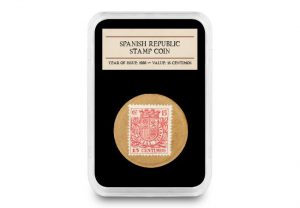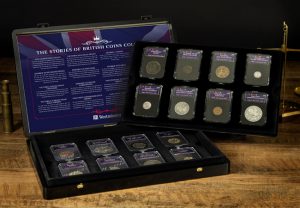Posts Tagged ‘historic coin’
Imagine using a cup, a stamp, or cardboard as a coin…
Today the coins you find in your change are all produced by the Royal Mint. It’s hard to imagine what life would be like if coins, and the metal to make them, disappeared.
When people have had to go to extreme lengths in the face of emergency, it has produced some of the most intriguing and interesting currencies around. And here are six of the most unusual currencies ever issued, and what drove people to create them.
The coins made from a drinking cup
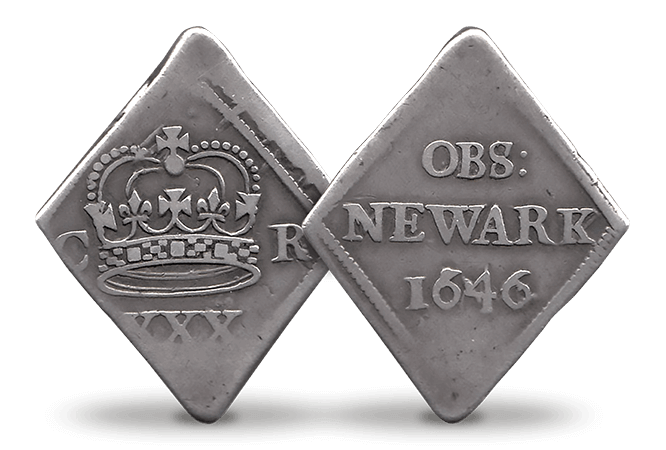
In 1646 in a town under siege, with no incoming money, the people of Newark needed to find a way to pay soldiers for protection. So they reached for whatever metal they had available to make coins – and that meant their cutlery! Silver cups and plates were surrendered, cut up into small diamond shaped pieces, and had a denomination stamped onto them.
Because of the way these coins were made, you could sometimes see the pattern of the cup or plate from which the coins were made. Understandably these coins, which surely belong in a museum, are hugely desirable among collectors and are rarely available.
The notes that were issued to be devalued
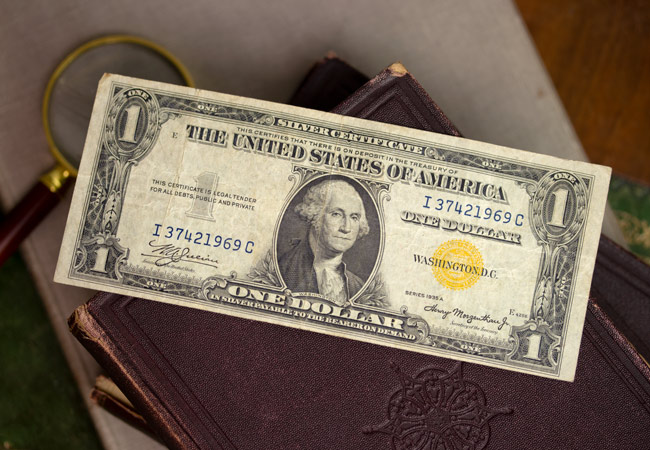
It seems odd that a government would issue money just for it to be devalued. But during WWII when the American army was based in North Africa this is exactly what happened. The American government was concerned that if the Germans were to mount a successful attack, they could take over the currency. Therefore, all notes used to pay soldiers based in North Africa had a yellow seal added to them. This meant that should the Germans take over, the notes could be easily identified by their yellow seal and instantly devalued.
The Russian stamps used as German propaganda
During WW1 the Russian government found it increasingly difficult to issue coins. Instead, they turned to ‘currency stamps’ printed on thin cardboard instead of normal stamp paper. Using stamps instead of coins was a way of saving precious metal for the war effort.
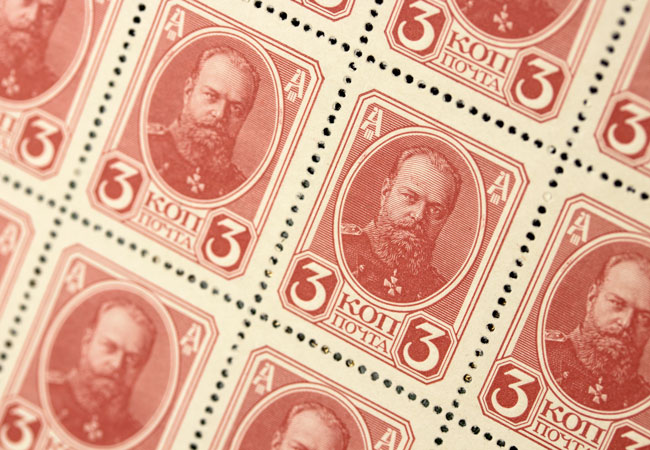
Several denominations of ‘currency’ were issued, with a statement on the reverse stating that each stamp had the circulating equivalent of Silver coins. However some of these stamps soon landed in the hands of Germans who counterfeited them but with one clever detail – the statement on the reverse was changed to an anti-Russian message. The idea was to destroy confidence in the Russian government and devalue the currency.
An unusual English denomination
George III’s reign is known for the vast number of interesting numismatic pieces issued, and the Bank of England emergency tokens are no different. Conflict in George III’s reign had caused financial panic, and thousands of people hoarded silver coins out of fear.
The Royal Mint’s limited ability to issue coins posed a problem as they could not make enough coins for the demand, so eyes turned to the Bank of England. An agreement was made that allowed the Bank to issue emergency currency. However technically speaking these were tokens and not coins, which is why they appear in the unusual denominations such as 1s 6d or 1 Dollar.
Why money was burnt in revolutionary France
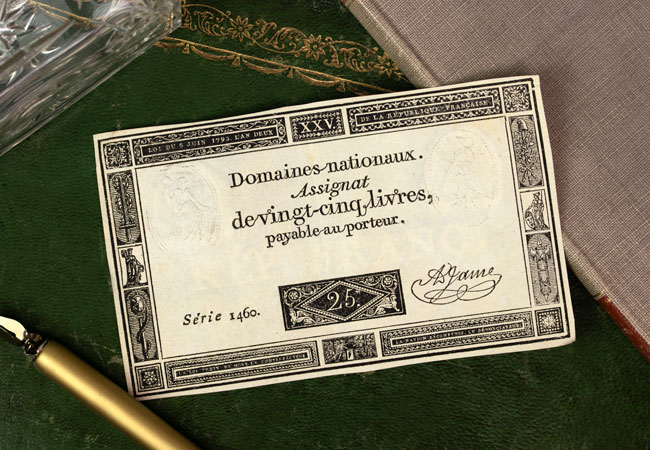
In revolutionary France in the early 1790s, the government issued paper money, known as Assignats, backed by the value of clergy property. The government continued to print money, and faced with an influx of counterfeits from Britain, the value of these Assignats soon reached a massive 45 Billion Livres, despite the value of clergy property only being 3 Billion Livres.
In 1796, the notes had lost all of their value and were publicly burned, to be replaced with a new paper money. Any of these surviving notes are incredibly rare as most of them were destroyed, making them very desirable among collectors.
How a Civil War turned a stamp into currency
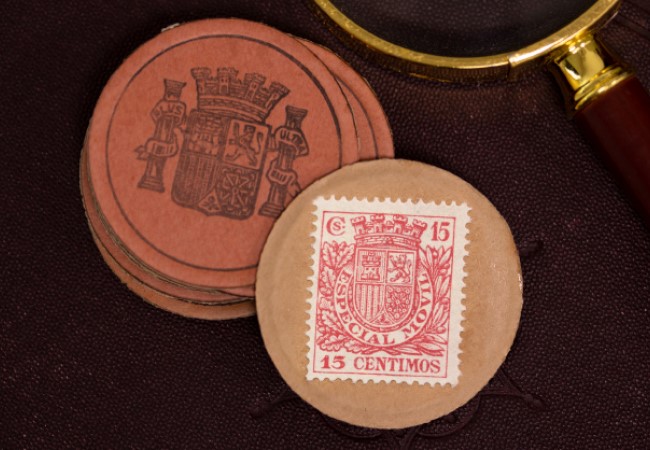
It’s hard to imagine a small paper stamp, issued over 80 years ago, being used to pay for goods and services. But in Spain in 1938 that’s exactly what happened.
The Civil War caused the public to hoard coins out of fear, and so they all but disappeared from circulation. Because metal was in limited supply, the government turned readily available stamps into ‘coins’. Unlike Russian emergency stamp currency, these stamps were welded onto a special board with the coat of arms printed onto the reverse. The stamp value gave these new ‘coins’ a denomination, and they were released into circulation to help towns and cities trade.
With such a delicate nature and small number, it’s no wonder that these coins are scarce and difficult to track down today.
Nowadays the Royal Mint is well suited to meeting our coin demands so it’s unlikely we’ll ever need to use stamps or cutlery in place of coins! Emergency currency is always a fascinating area for collectors, with some of the rarest and most unique issues having appeared out of difficult and troubled times. It’s not often that these emergency issues appear on the market – but it’s certainly worth keeping an eye out for them!
If you’re interested…
Today you can own one of these unusual and fascinating numismatic issues – a Spanish 15 Centimos ‘Coin’. There are only an extremely limited number of these issues available worldwide, and considering the fascinating story behind these issues, our stock is likely to be snapped up fast.
The Great Escape from East Berlin
Imagine scaling an electricity pole in the dead of night, a bitterly cold wind rushing past your ears, and tiptoeing along a power cable through the skies of Berlin. This is exactly where trapeze artist Horst Klein found himself after being banned from performing in East Berlin for his anti-communist beliefs.
He eventually fell to the ground after becoming fatigued, but fortunately landed in West Berlin. Despite two broken arms he was finally free from the communist holds of the East. But he wasn’t the only one to risk his life.
30 years ago, on 9th November 1989, the Berlin Wall fell and the people of Berlin were liberated after being separated for almost three decades. But during the years that the Berlin Wall stood, hundreds of people followed Klein’s example, with each one having to find their own creative way to defect to the West.
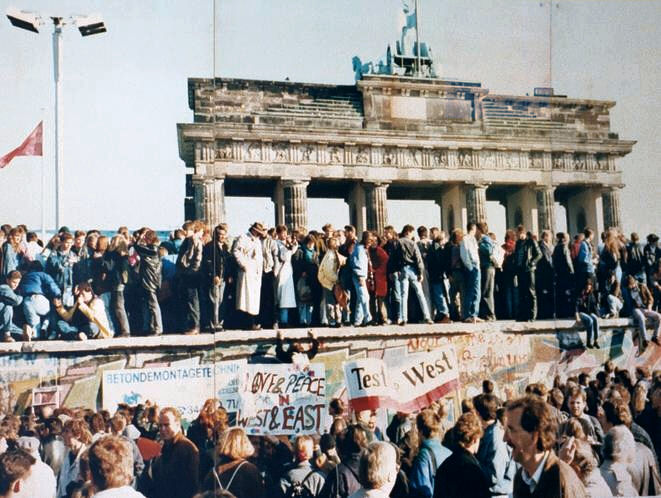
A homemade hot air balloon
Two friends who worked as mechanics used their skills to build a hot air balloon. They had a little help from their wives too, who stitched together bed sheets to make the actual balloon. In September 1979 the couples and their children climbed into the balloon and floated through the skies over the wall into the freedom of the West.
The last train to freedom
In 1961 not long after the wall was erected, Harry Deterling found himself driving a train down a disused railway track. As a railway engineer he knew this track led to gap where the Berlin Wall had not yet been completed. After piling his friends and family on board, Deterling drove the train at high speed through the gap in the barrier and into West Berlin. The gap was sealed by East German guards the next day, giving the train its nickname “the last train to freedom”.
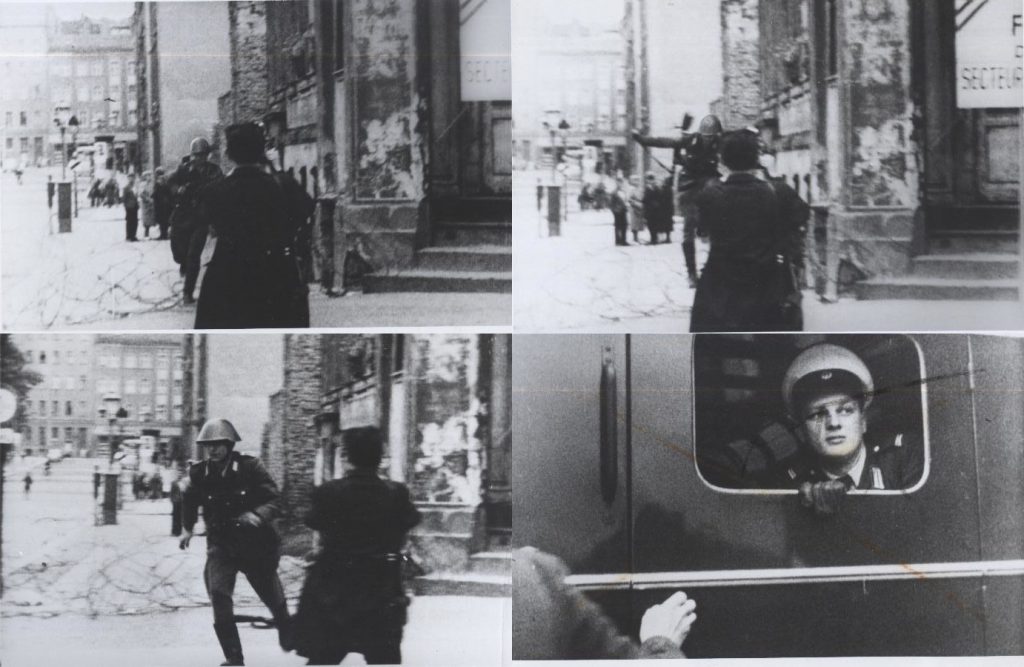
In a stolen tank
An East German soldier stole a tank in 1963 and drove it straight into the wall in the hope that it would break through. The force wasn’t enough to destroy the wall so instead the soldier was forced to climb out on top of the tank and up onto the wall. Under gunfire from the East German border guards he got stuck in barbed wire, and shot twice. Fortunately West Germans came to his aid and rescued him.
In a convertible with no windshield
Checkpoint Charlie, was the scene of a successful, and bold, escape by Heinz Meixner. He rented a red Austin-Healy Sprite, chosen because the car itself only measured 90cm high. This was vital for Mexiner’s plan. He removed the windshield and let out a little air from the tires to lower the car even more, drove to Checkpoint Charlie (with his girlfriend and mother in law hidden in the back) and drove straight under the barrier into the West.
On an air mattress
One man who was so familiar with the banks of the River Elbe, which ran through Berlin, used an air mattress as a makeshift raft. Under the cover of darkness and with a trusted friend, the pair navigated a metal fence and the muddy riverbank. They climbed on board the mattress and silently paddled along the river into West Germany.
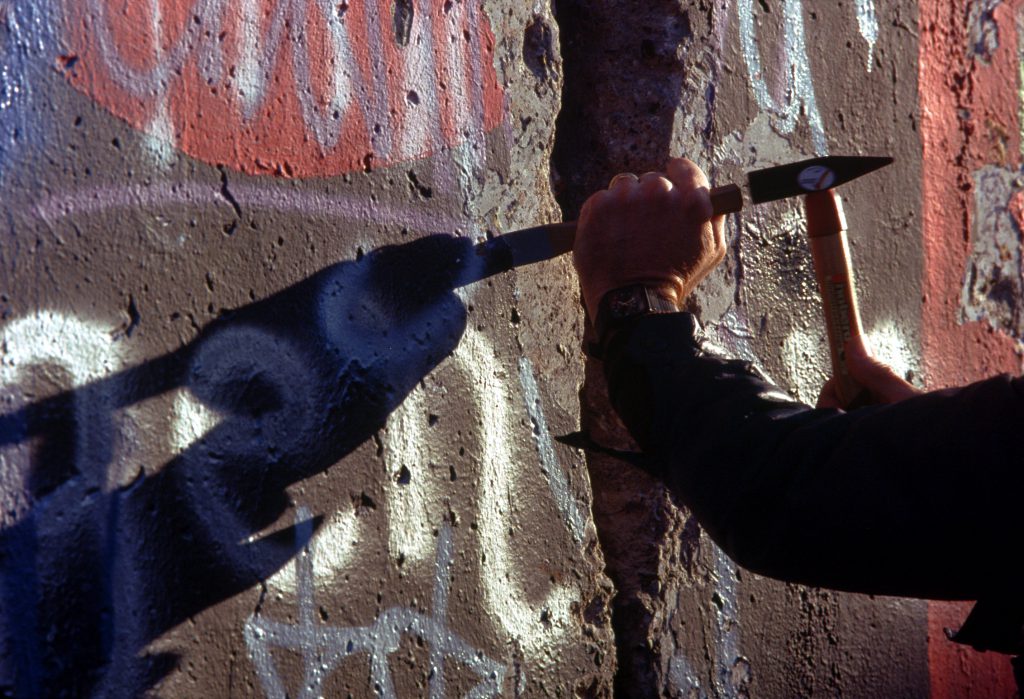
This month marks the 30th anniversary of the fall of the Berlin Wall. On the night the wall came down celebrations continued throughout the city into the early hours of the morning as friends and families reunited. Today, little remains of the wall as it was almost entirely destroyed, but the legacy of that night and the wall lives on.
If you’re interested….
You can own an ORIGINAL piece of the Berlin Wall along with a coin from both East and West Germany. And just think, this might even be the very piece that Horst Klein walked over! But it’s already over 75% sold so you’ll need to act fast. Check out the video to see Adam explain what makes this set so special or click here to order yours today >>
Unboxing over 200 years of British coin history
The Stories of British Coins Collection includes 16 of the most remarkable coins from over 200 years of British history, but many of them are in high demand and difficult to source, especially those which are historic artefacts in their own right!
Join Adam as he unboxes a fascinating coin collection that together tells the story of Britain.
Find out more and add the set to your collection by clicking here >>

